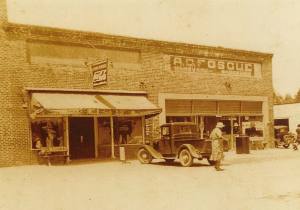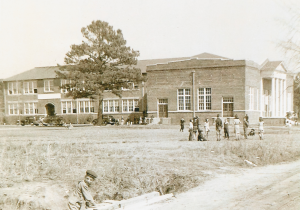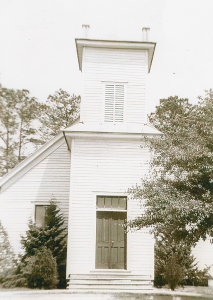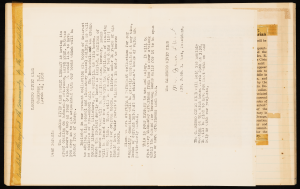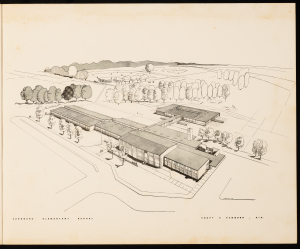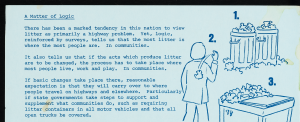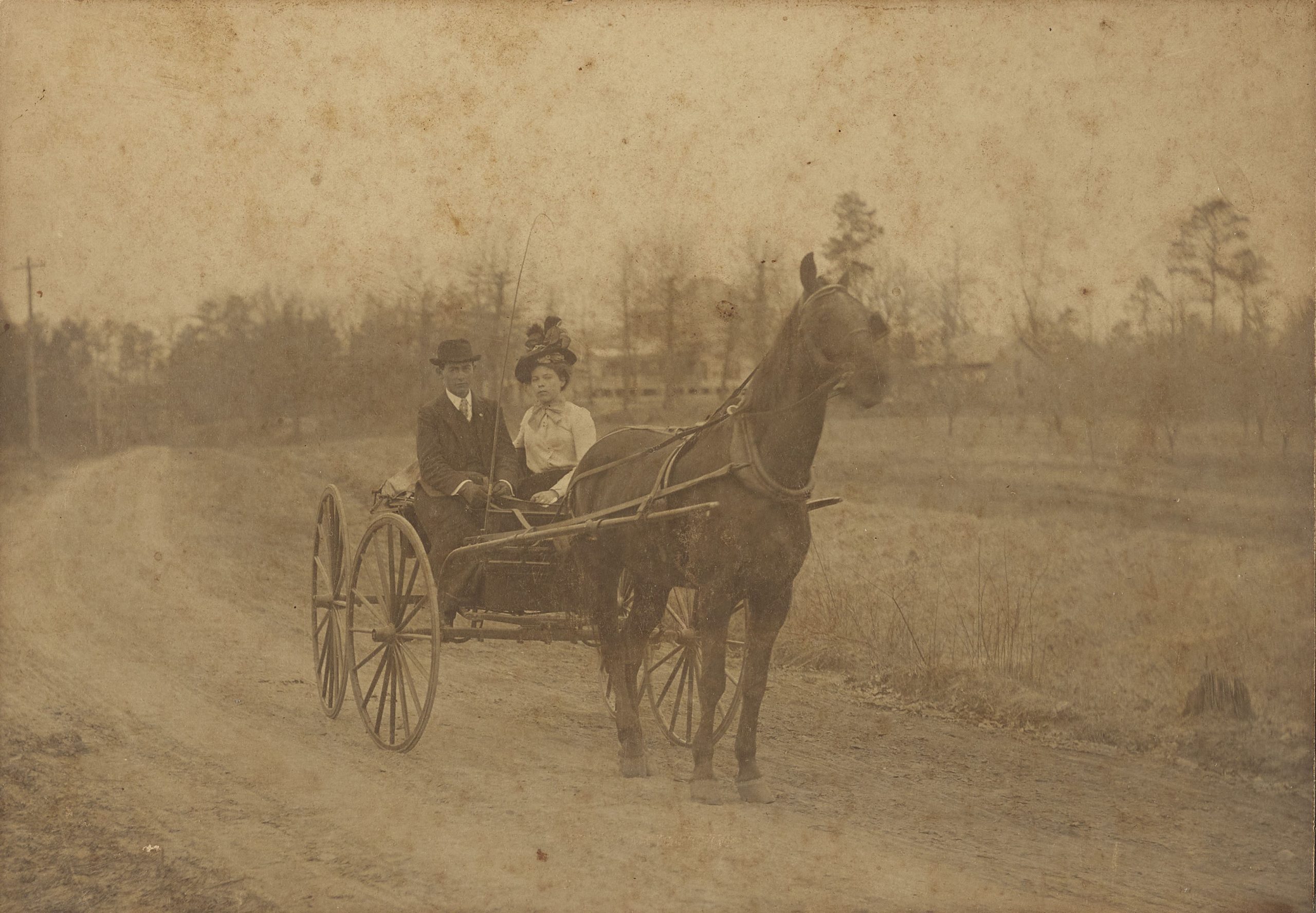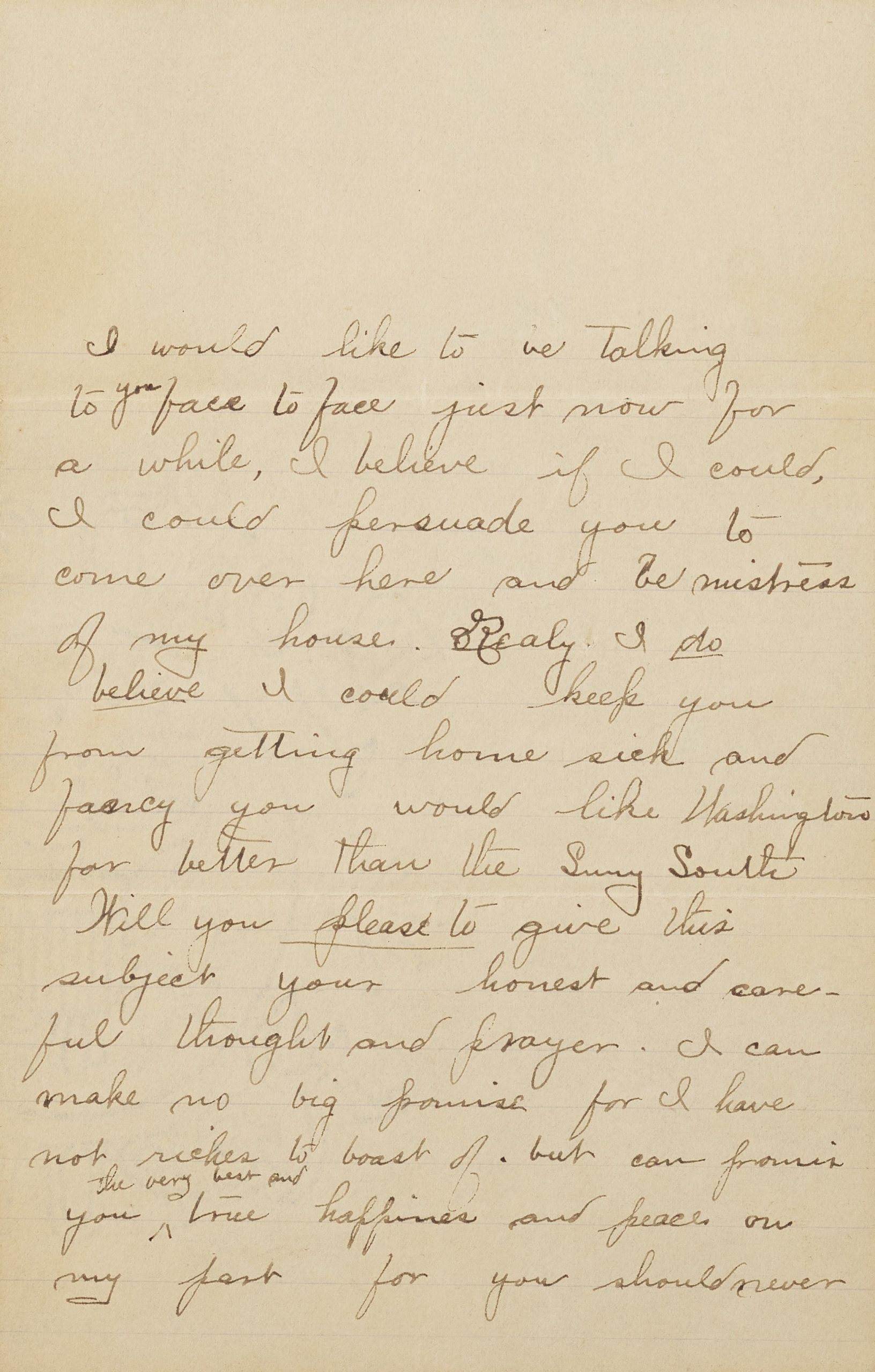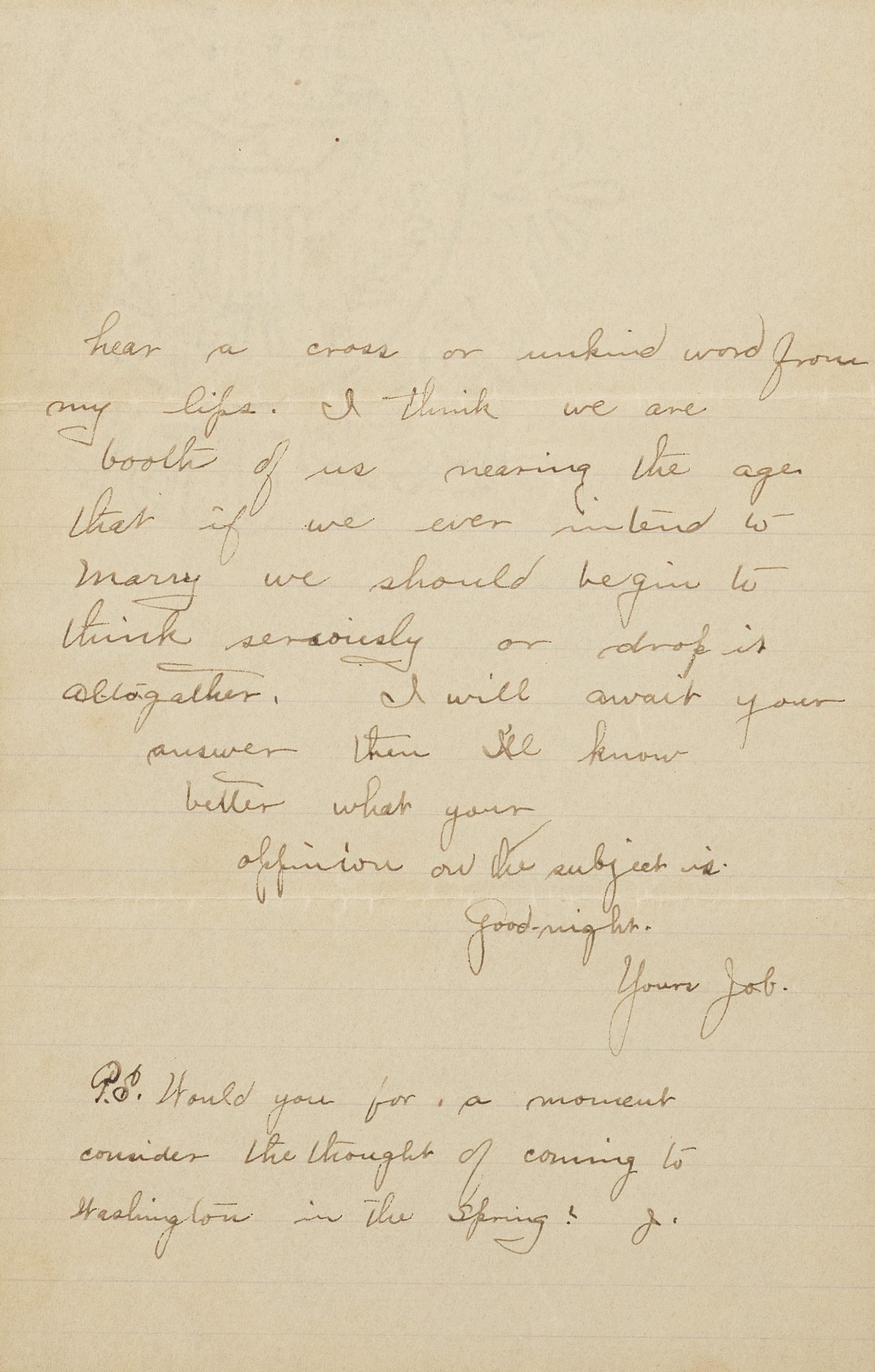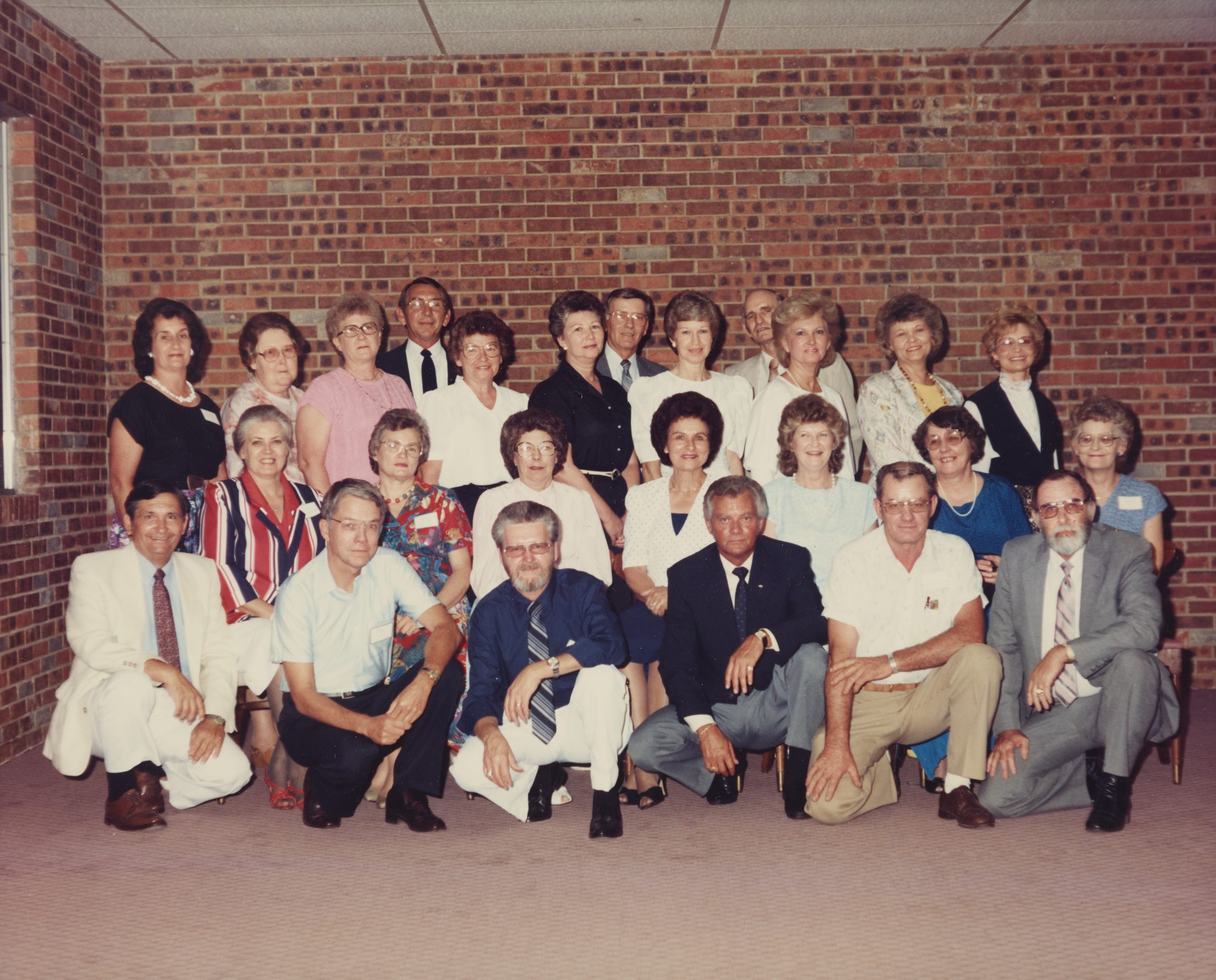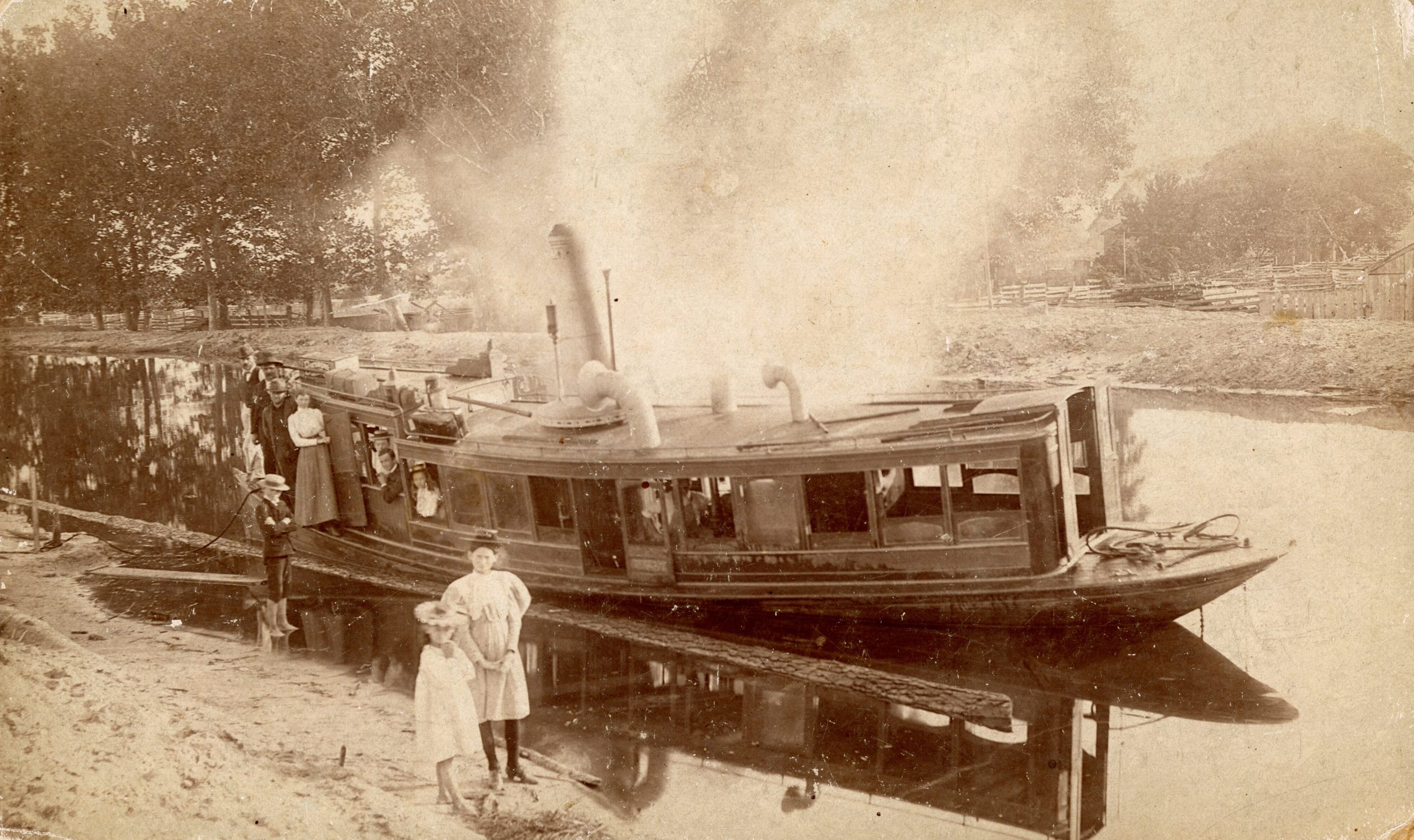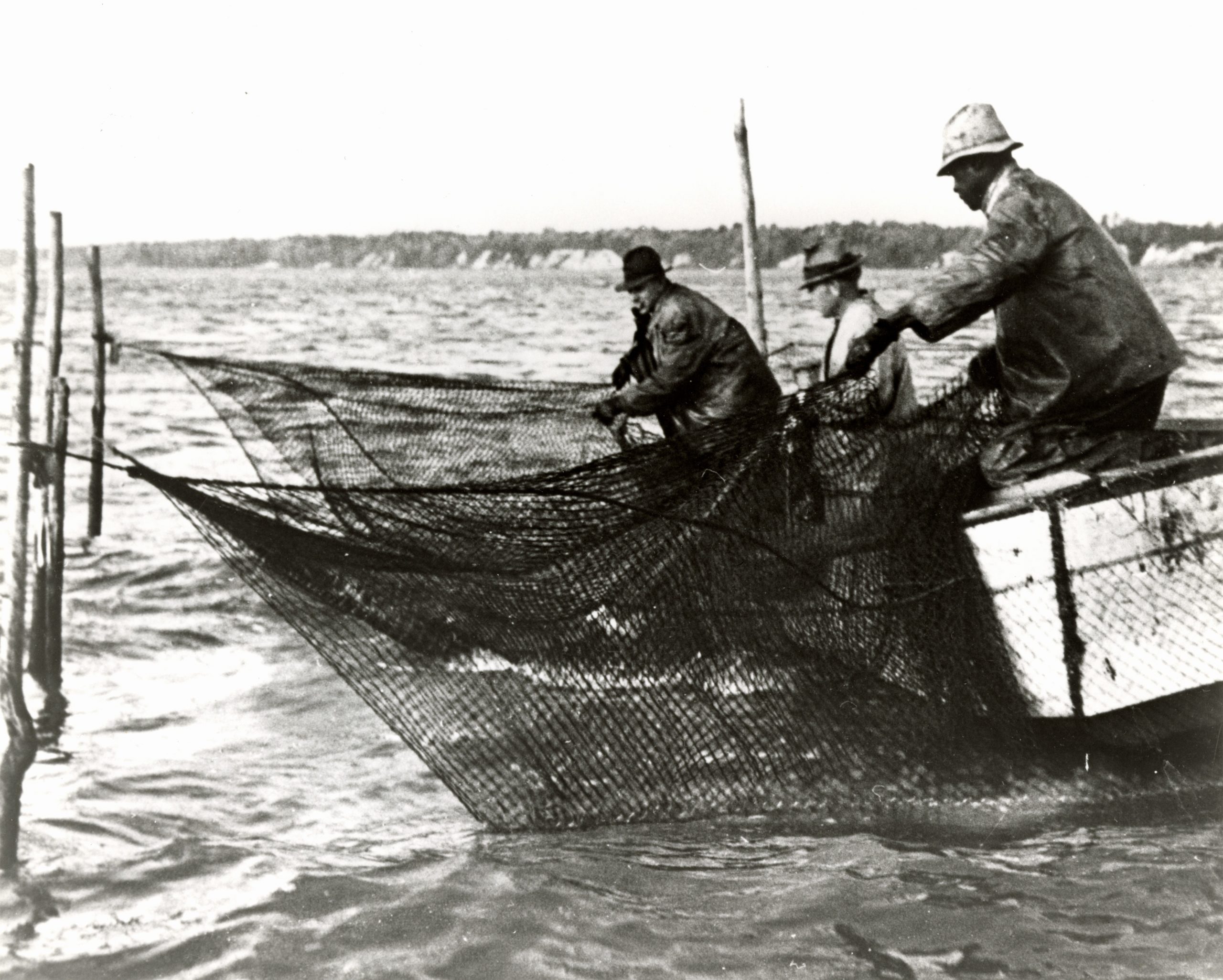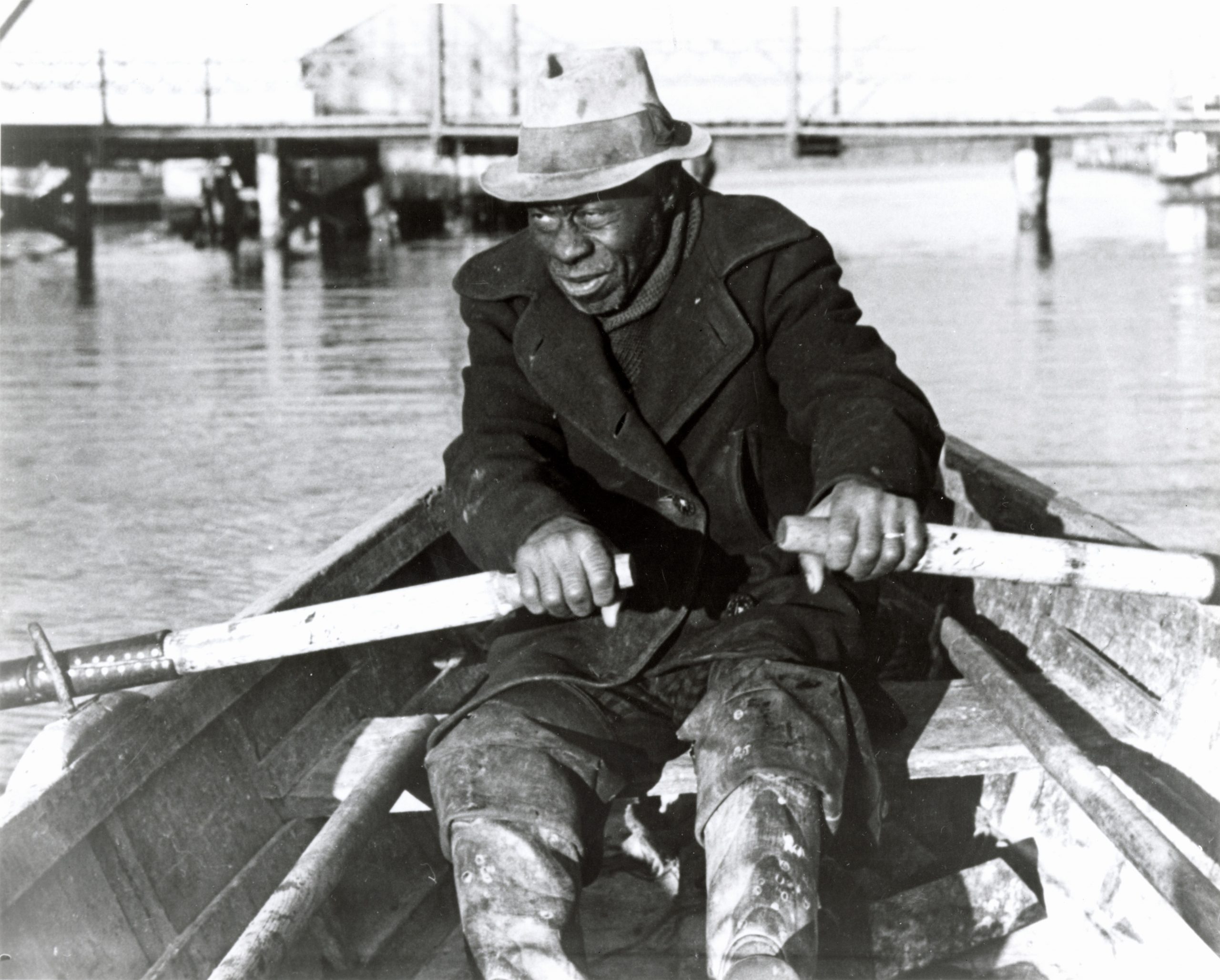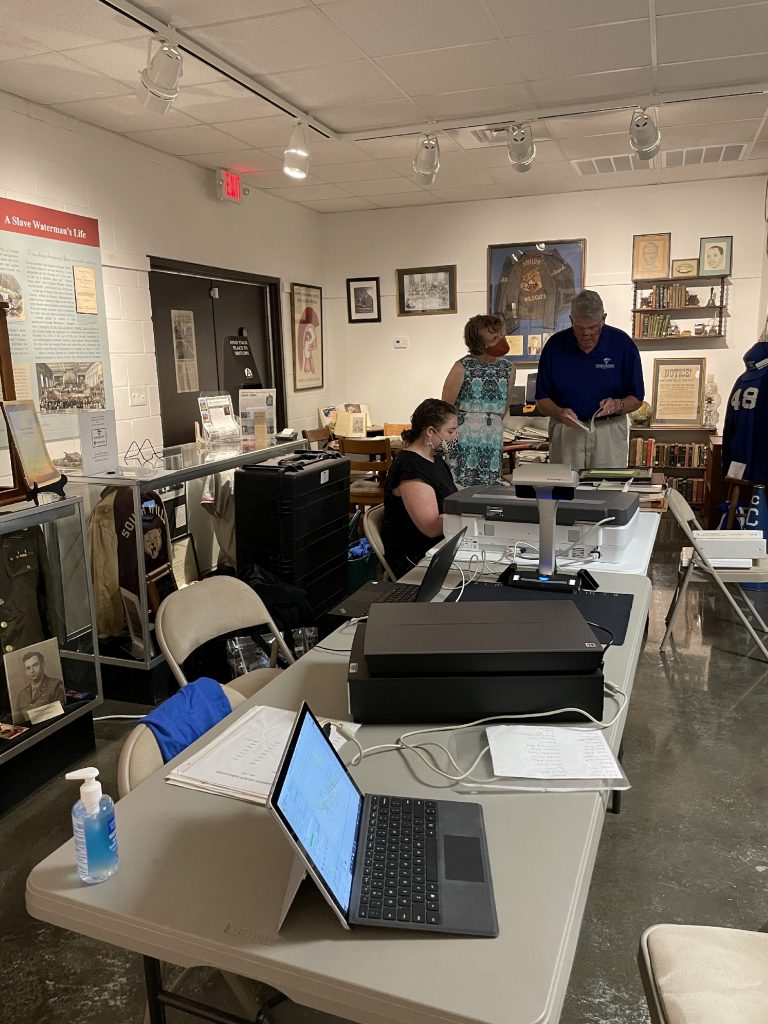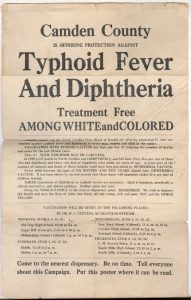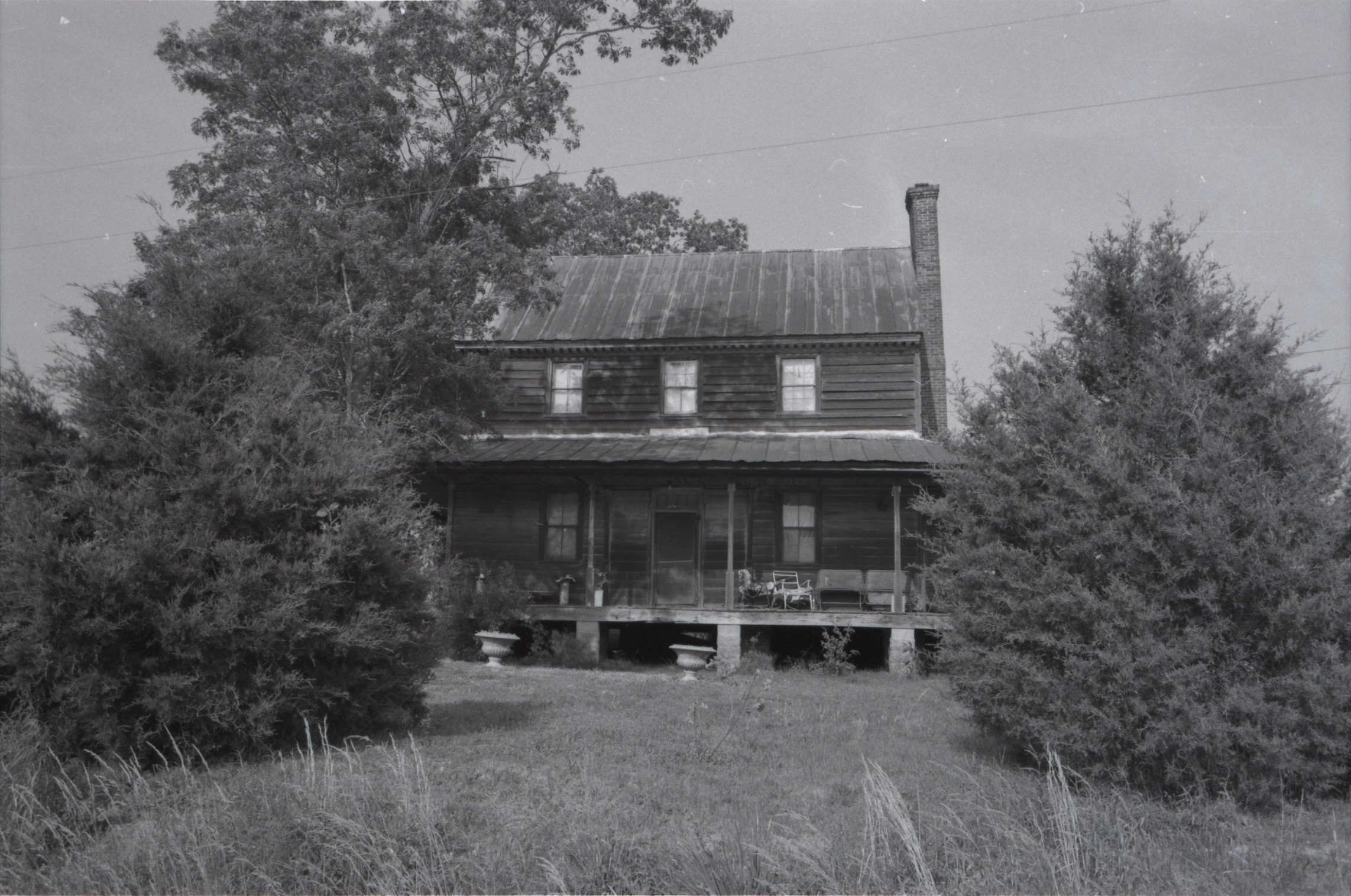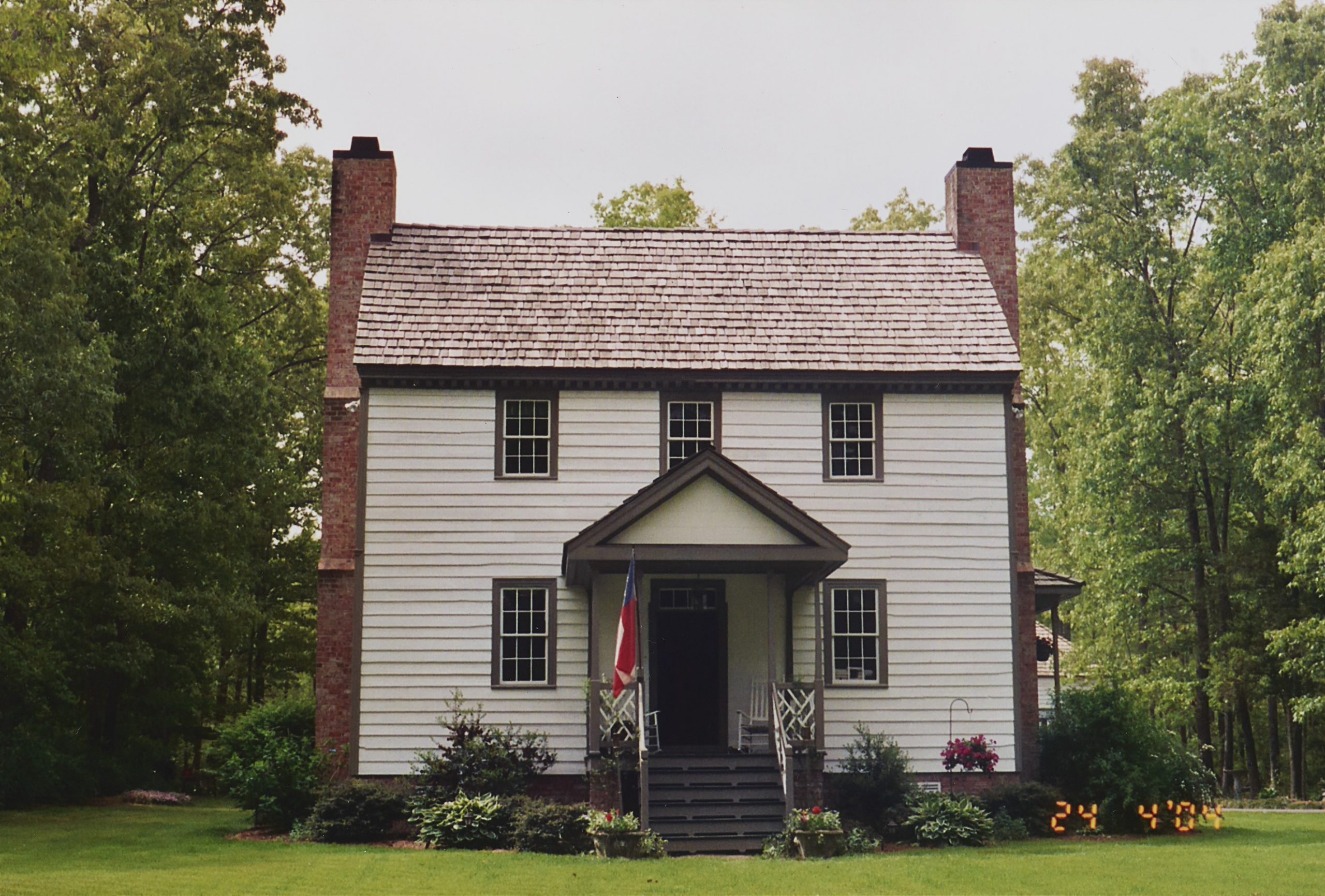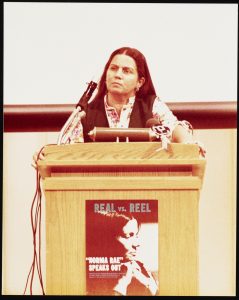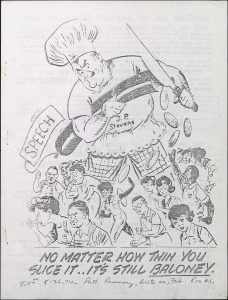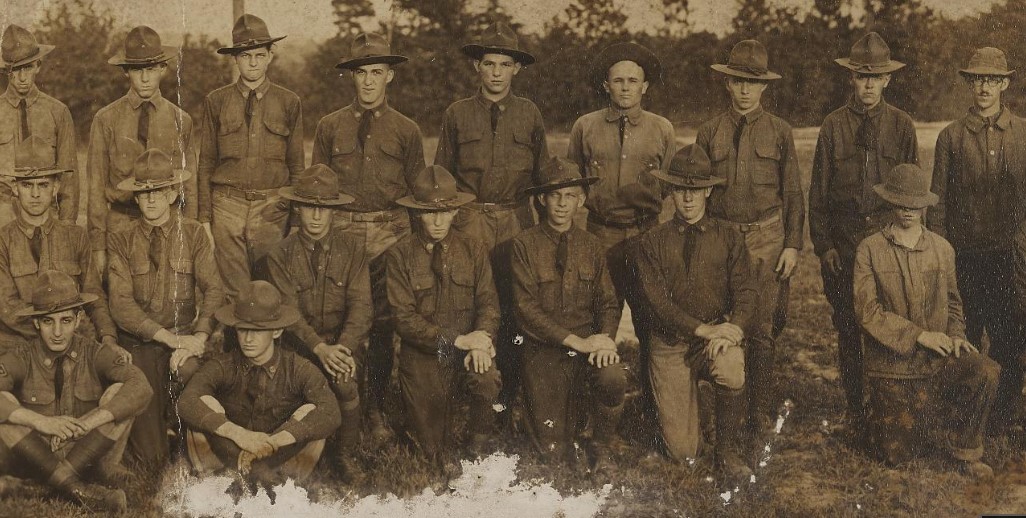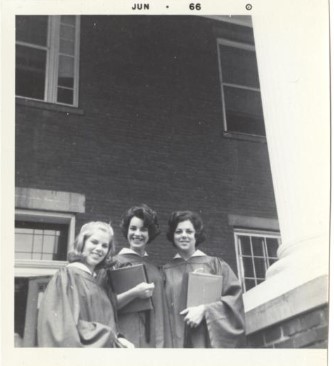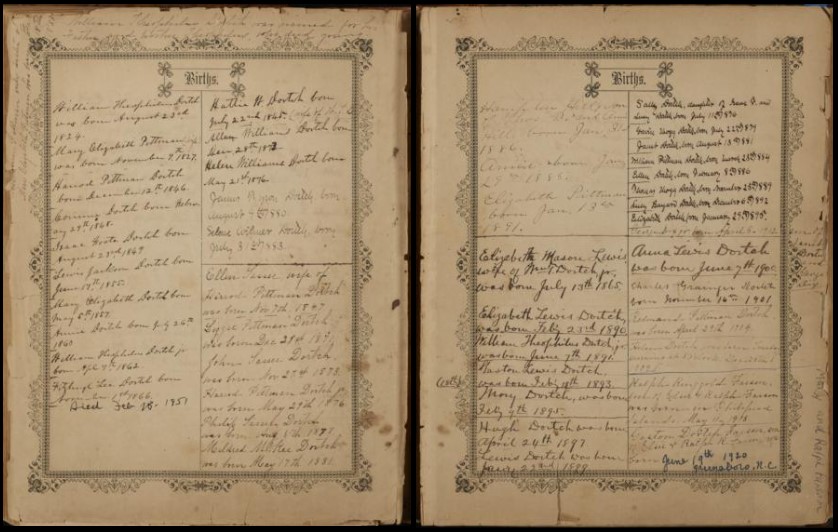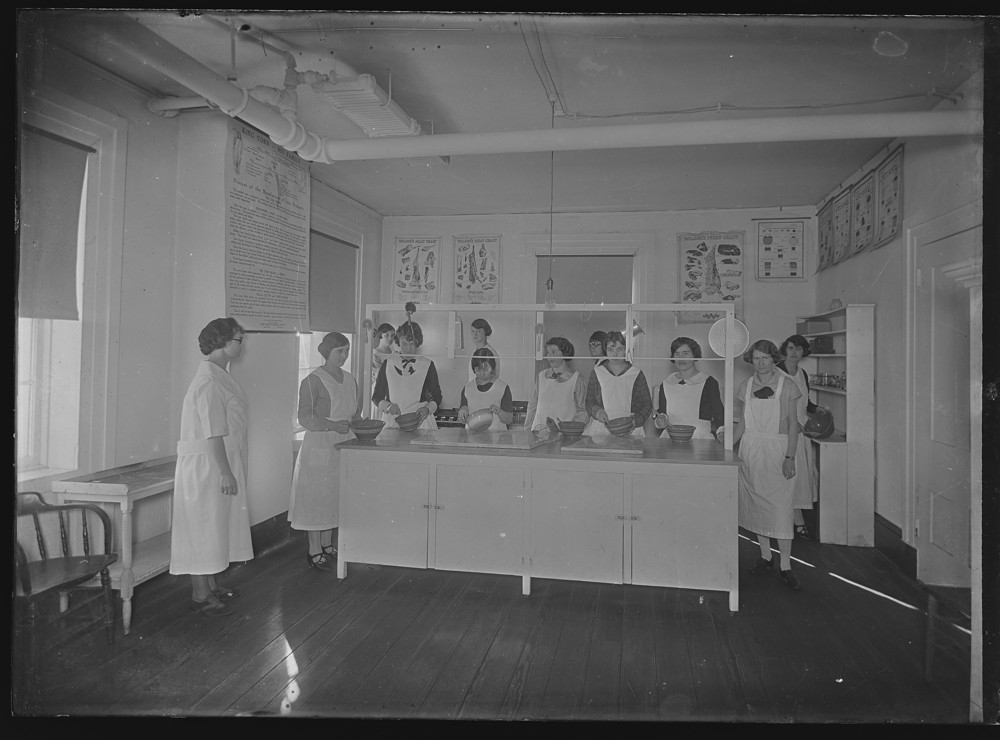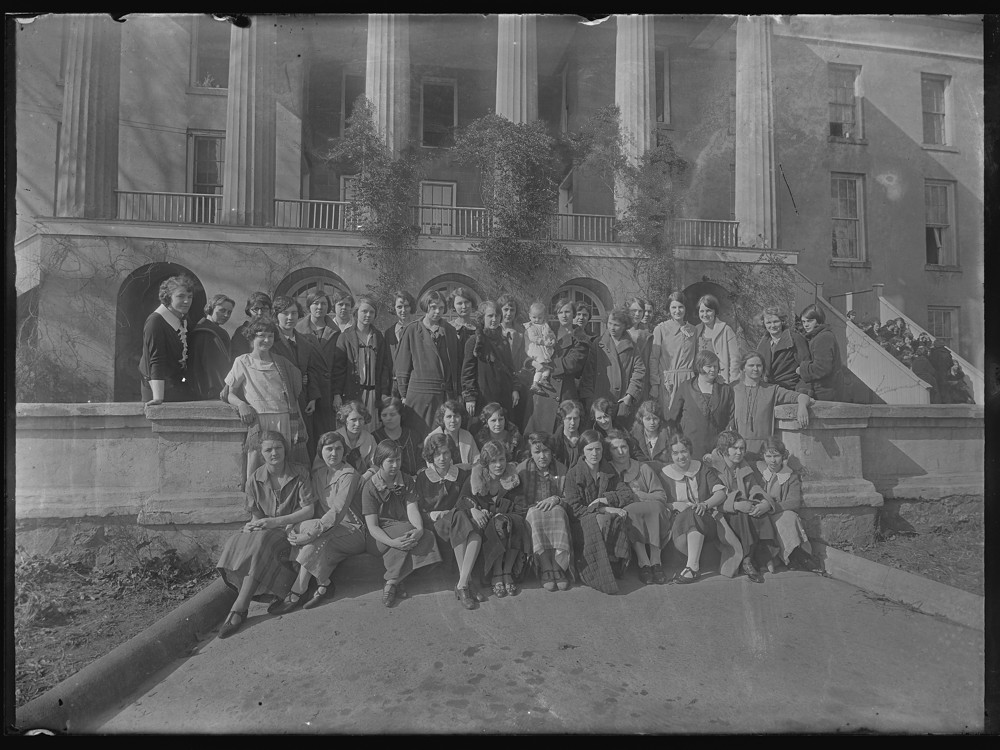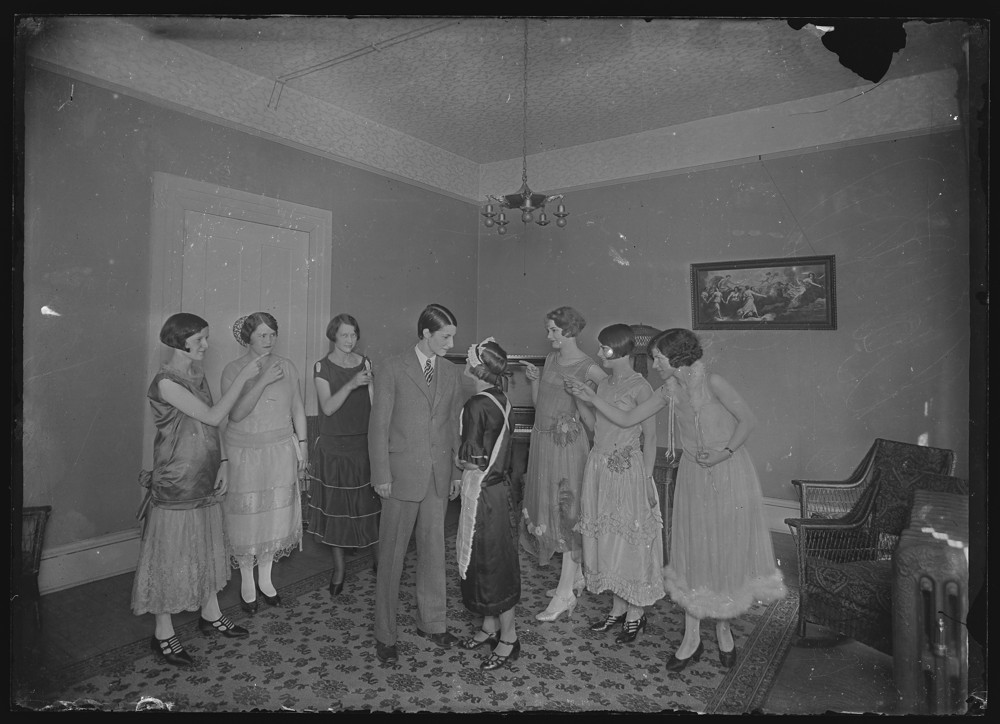We’re excited to introduce one of our newest partners, the Maysville Public Library! Maysville is located in Jones County near the Croatan National Forest, and this batch of photos and family genealogies helps give a sense of some of the town’s history.
One fun fact about Maysville is that it was the first town in North Carolina to elect a woman as mayor. Annie Koonce Jenkins was elected in 1925 and served for six years; her legacy lives on in the large oak trees she planted that still stand today. (Technically, Katherine Mayo Cowan was N.C.’s first female mayor since she finished a term for her husband, who died in office in Wilmington in 1924. Jenkins was the first woman to be elected mayor.)
Some of Annie Koonce Jenkins’ life is recorded in the Basil Smith Jenkins: Ancestors and Descendants history. She was born November 7, 1880 (making her 45 when she was elected mayor) and married Franklin “Frank” Mattocks Jenkins on December 23, 1902. Franklin was the first son of Basil Smith Jenkins, which probably gave Annie some extra local clout.
Annie was a teacher in Richlands, N.C. when she married Frank and came to Maysville as the head of the Maysville school. She also helped organize the Civic Leagues (now known as Women’s Clubs) of many small Eastern towns, and she served as the president of the Maysville Civic League for 14 years.
Meanwhile, Frank took turns on the Board of Aldermen and Jones County Board of Education as well as serving as postmaster and town marshal. Both Frank and Annie were also active in the Baptist Church, where he served as Superintendent of Sunday School and the Chairman of the Board of Deacons while she taught adult Sunday School classes.
It’s evident from this batch of materials that the Jenkins family was an important one in Maysville, as several landmarks bear their name. But there are many other families included in these histories and photographs as well. You can explore the full batch of materials here. To learn more about Maysville Public Library, you can visit their partner page or their website.
